
Senses
Senses
Sensory organs connect animals to their environment.
Learning Objective: Describe the various senses species use to interact with their external and internal environments.
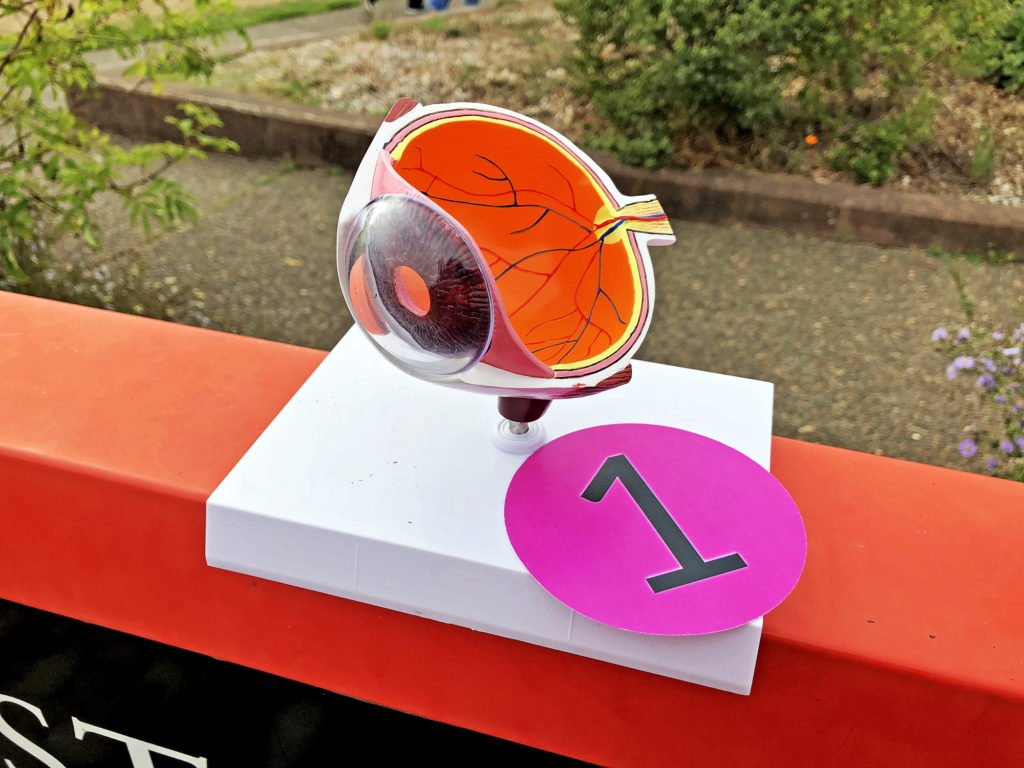
One of the goals in organizing your knowledge about animals, biology, and science in this course is to identify possible misconceptions you may already have and correct them.
Misconception: an incorrect or incomplete understanding
Even though senses are the way we continually get information about our environment, there are many misconceptions tied to senses, observation, and perception. Let’s clear a few of these up.
Senses are the way animals collect data to form a perception, or idea, of the world around them.
“Traditional” Senses
These are the senses most people are familiar with, possibly because they are associated with specific organs.
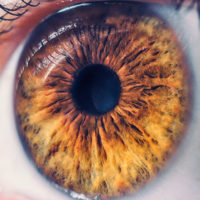
Vision
Rod and cone cells in human eyes send information on shape, depth, movement, and color to the brain.
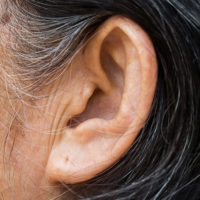
Audition (hearing)
Hair cells in human ears collect information on sound amplitude and frequency.

Taste
Taste buds scattered on the tongue detect at least five tastes in humans: sweet, sour, salty, bitter, and umami (“savory”).
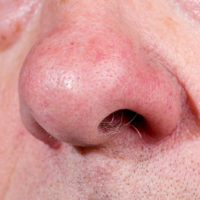
Olfaction (smell)
Ciliated receptor cells in the human nasal cavity can detect thousands of different odors.
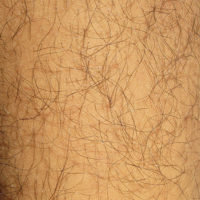
Touch
Skin receptor cells can detect pain, heat, cold, light touch, and heavy pressure.

But wait...
We actually have more than these five senses.
Additional Senses
These senses do not have dedicated organs (like the eyes or ears), and their mechanisms are not typically well understood.

Balance
Receptors in the skeletal muscles, ears, and eyes play a role in human balance.

Proprioreception
This is awareness of where parts of the body are located: it enables you to touch your nose with closed eyes.

Pain
Receptors in the skin, joints, bones, and soft organs send pain signals when tissue damage has occurred. This is a wider sense that simple pain reception by nerve endings in the skin.

Hunger
Multiple parts of the brain are responsible for the feeling of hunger that assists in energy management.

Chronoreception (passage of time)
Awareness of the passage of time is impacted by multiple brain structures and includes short term time and daily circadian rhythms.

Assorted Internal Senses
At least eight additional senses include detecting a full bladder, thirst, and more.
Common misconceptions about human senses
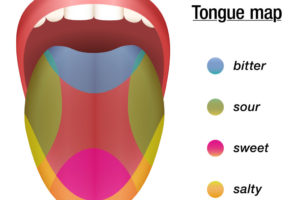
Taste Map
Many older textbooks show a map of taste buds on the tongue with zones of clustered taste receptors. The tongue actually has assorted taste receptors, not specific regions of taste.

Ear Repair
Although some parts of the body heal quickly with healthy cells dividing to replace dead or injured cells, some cells like the receptor cells of the ears rarely divide. This means damage by a single large vibration (sound) can lead to permanent hearing loss.

Best Sense?
When asked about their weakest sense, many people say their sense of smell. Most people can actually detect thousands of different scents, like the smell of different apple varieties, but the brain has to be taught to identify them.
Other animals species have similar senses, in modified form.
Salamanders, reptiles, and some mammals have a vomeronasal organ that can detect pheromones, chemical messages. Snakes collect scent molecules with their forked tongue and transfer them to this organ.
Catfish and many other fish species have whisker-like barbels covered with taste buds. A few species can smell with them as well.
Animals also have senses that humans do not possess.
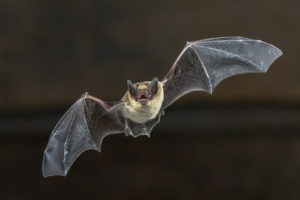
Echolocation
Whales and bats can detect reflected sound to detect prey in low-light environments.

Electrolocation
Dolphins, sharks, and rays have specialized organs that can detect electric fields. Some can even generate their own electric fields.
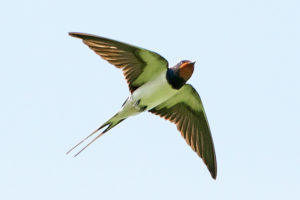
Magnetoception
Some birds, bees, and mammals can orient their direction based on sensing Earth’s magnetic field.
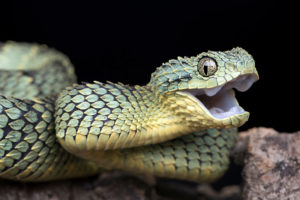
Infrared Sensing
Some snakes, particularly the vipers, can detect infrared thermal radiation.
From these videos, which sense are the sea urchins using to inspect Mark’s finger and the tank wall, possibly for food?
Pacific urchin species
Atlantic urchin species
In the next section you will learn how sensory information is processed to produce a perception of the natural world.










